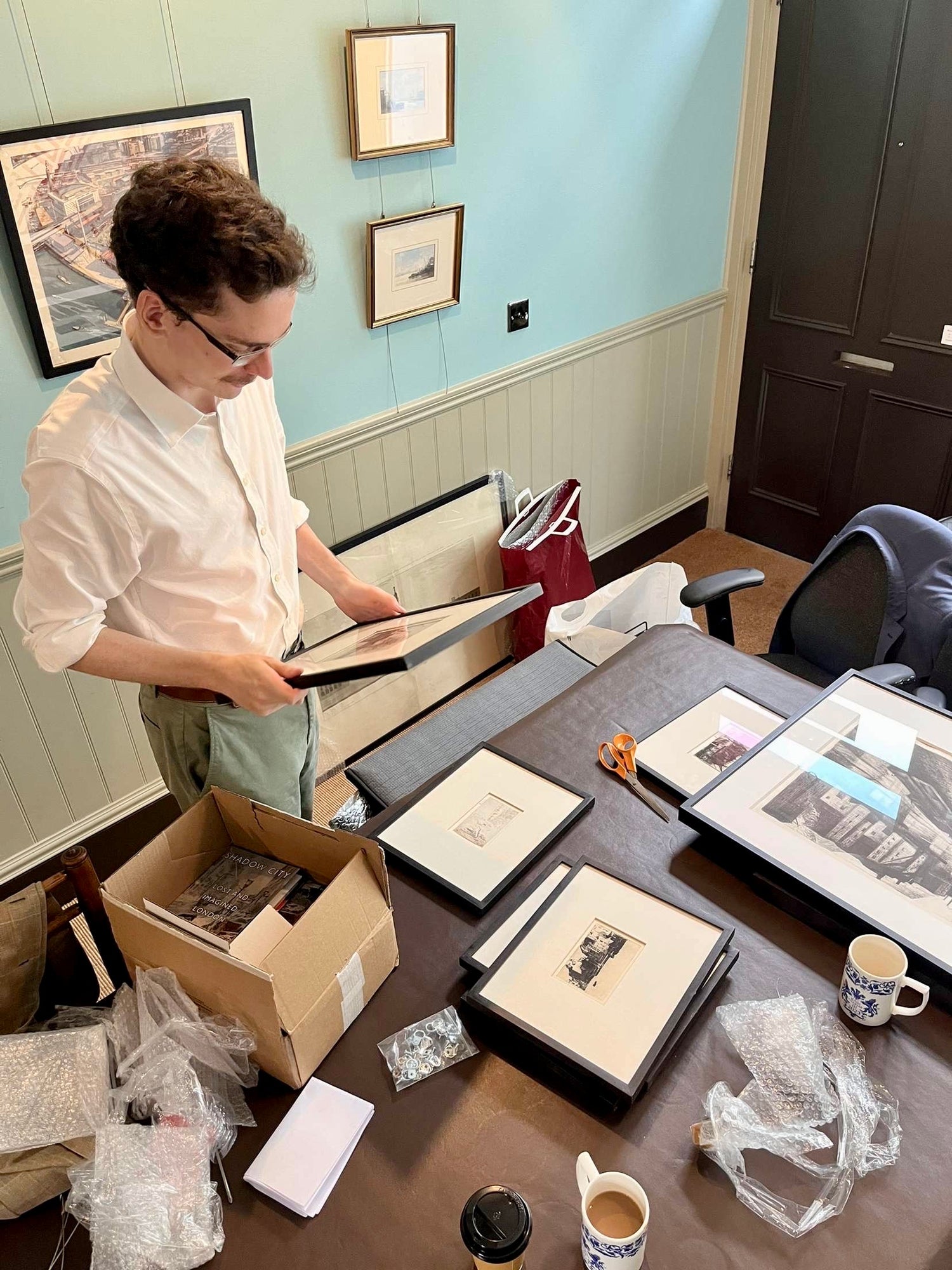
A STUDENT-RUN ART DEALERSHIP
McEwing-Sexton-Smedley Fine Art was founded out of a shared passion for British art and a desire to make high-quality artworks accessible to all.
Following a visit to an Eric Ravilious exhibition during our A-level revision in 2022, we decided to create our own art dealership - one that would merge our academic interest in Art History with the practical experience of curating, exhibiting, and dealing fine art.
We believe that fine art should be both beautiful and attainable. Our aim is to offer a broad yet affordable selection of works - ideal for first-time buyers to experienced collectors.
-

Guy McEwing
Guy's main area of interest is in the Catholic art of 17th century Spain - especially the works of Francisco de Zurbaran. He is also interested in the development of Impressionism during the early 20th century. He has recently graduated from Regent's Park College, Oxford, where he read Theology.
-

Conor Sexton
A deeply passionate and vocal enthusiast for the artistic skill, significance, and importance of Alfred Munnings, Conor is interested in the progression of both British and French art across the 18th and 19th centuries. The winner of the Lord Clark Medal for Art History in his final year at Winchester College, he is currently in his final year of reading History of Art at York.
-

George Smedley
With a particular focus on the work of war artists during the First and Second World Wars, George’s main area of interest is the development of the British vernacular style from 1850 to 1945, and the influence and impact of the domestic avant-garde. He is currently in his penultimate year of reading History of Art and Medieval History at St Andrews.


